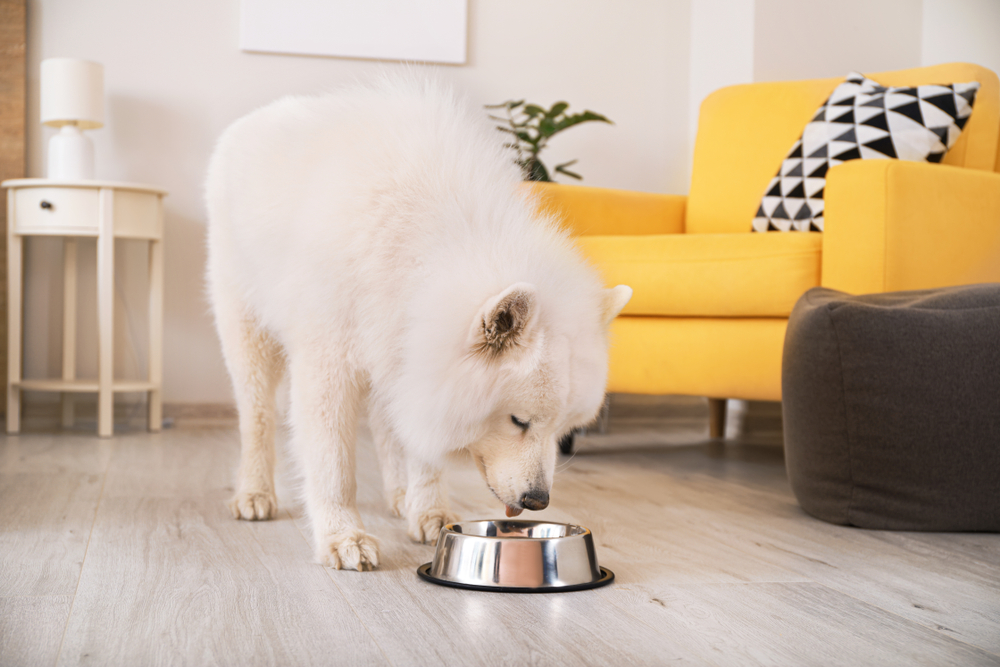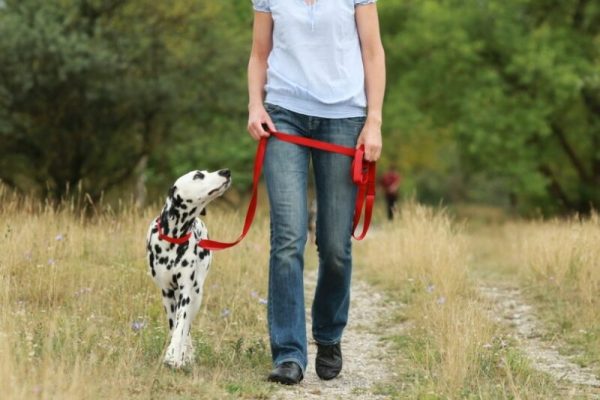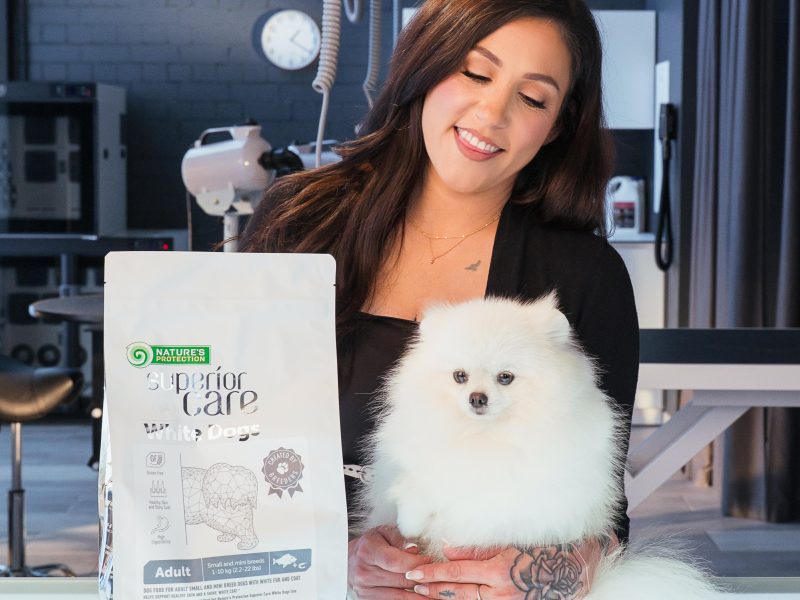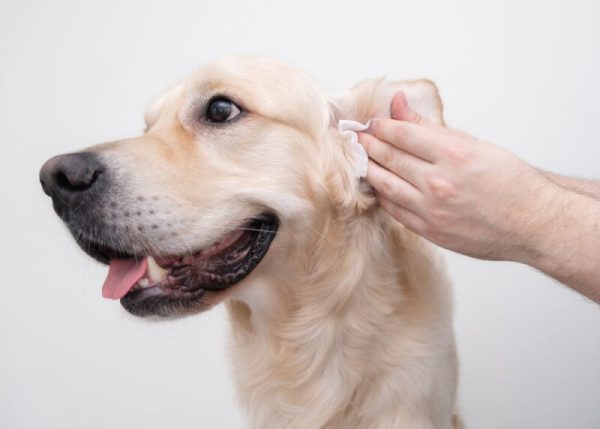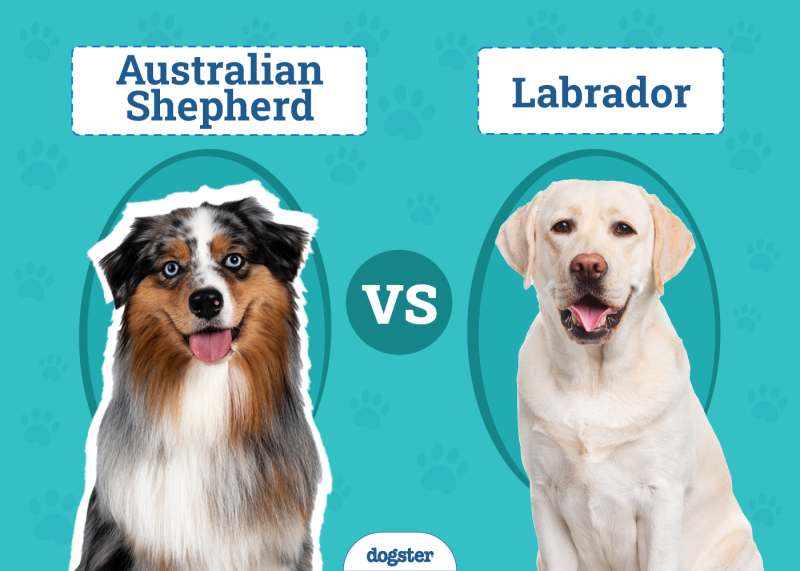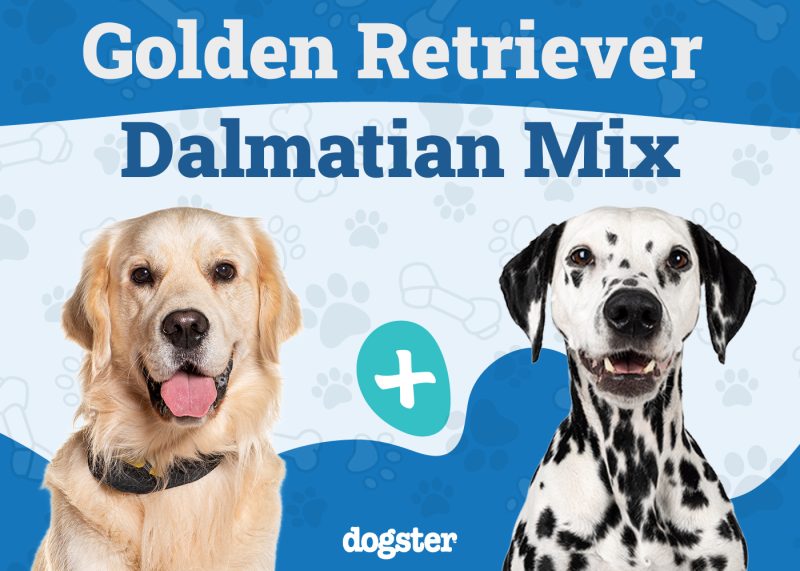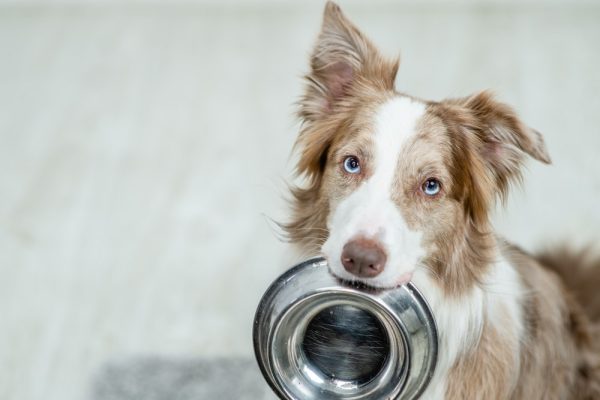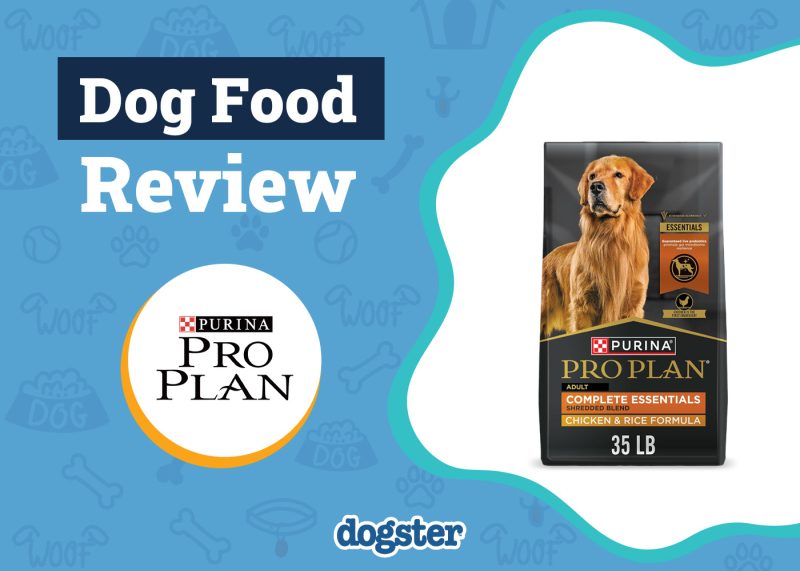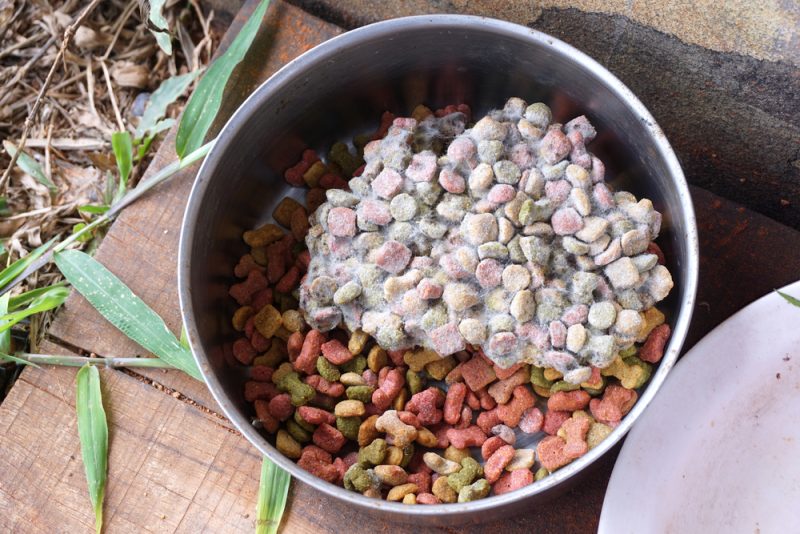The rate of weight gain and obesity in dogs is on the rise. In fact, it’s estimated that nearly 60% of our canine companions are overweight, a condition that can have deleterious effects on their health.1 That number is too high for comfort, especially considering that weight gain in dogs is nearly always a preventable problem.
So, what can be done about it? The most important step in preventing weight gain (and weight loss) in a dog is determining how many calories they need to eat per day. Unfortunately, there’s no universal answer to this, as the number of calories that a specific dog needs per day varies based on their age, activity level, breed, and any health conditions. That said, we provided general guidelines and calculations here. Don’t be afraid to speak to your veterinarian for an individualized answer!

What Factors Affect the Number of Calories That a Dog Needs per Day?
The exact amount of calories an individual animal needs to maintain a healthy weight is variable and influenced by many factors including genetics, age, breed, and activity level. This tool is meant to be used only as a guideline for healthy individuals and does not substitute veterinary advice
The number of calories that your dog needs is completely specific to them. Every canine is different, and what works for one may not work for another. With this in mind, here are a few things that can affect how many calories a dog needs.
1. Weight Maintenance: Loss or Gain
A major factor in the caloric needs department is what you’re trying to achieve. Do you want to maintain your dog’s current weight, or would you like to whittle that number down or give it a boost? If you’re unsure which way your dog’s weight needs to go, speak to a veterinarian to assess their body condition score.
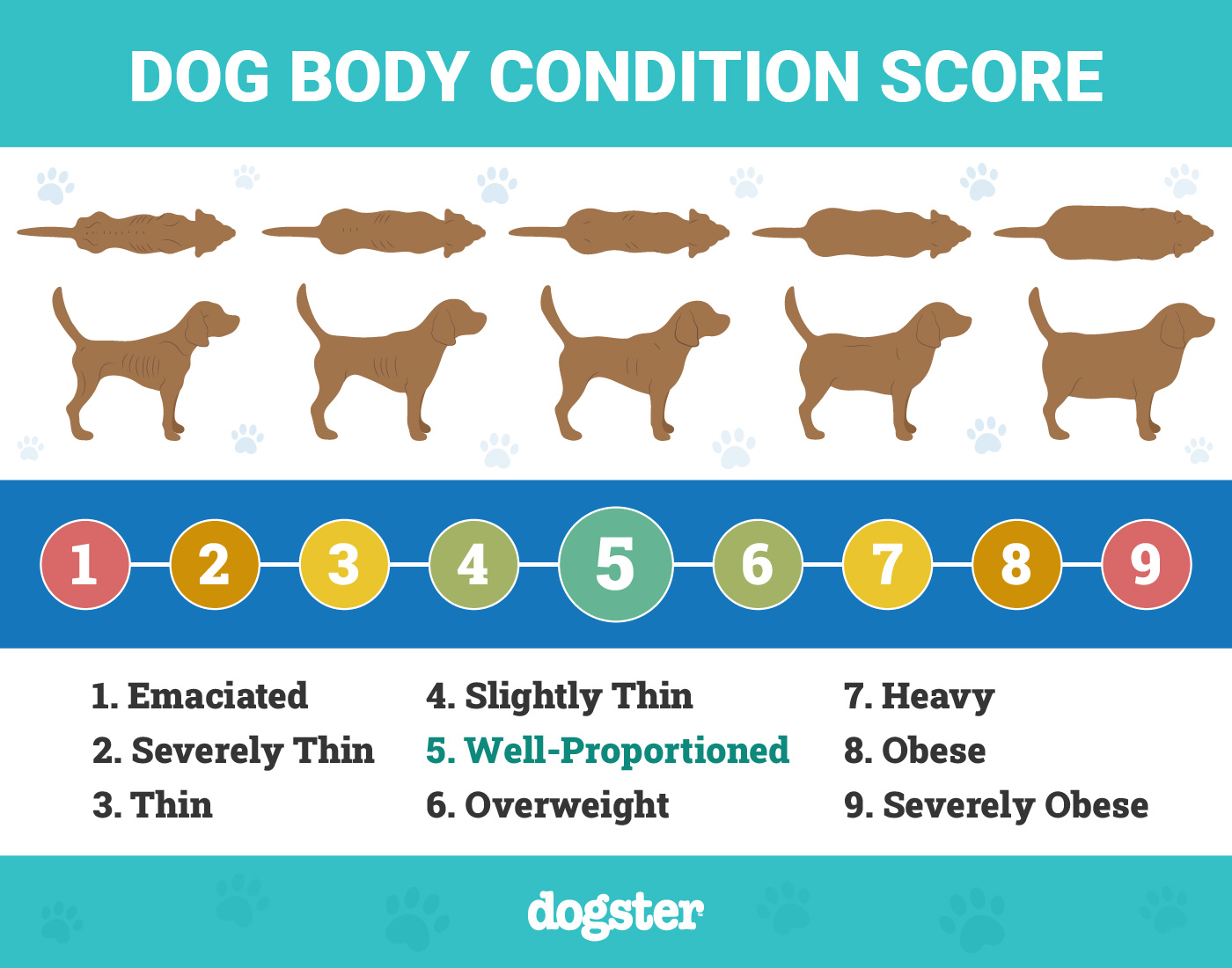
2. Activity Level
You may have heard that to maintain weight, the calories ingested need to match the calories burned. As you can imagine, a working Border Collie is going to burn more calories than a couch-potato Lab, even if they weigh the same. So, if your dog is a real go-getter, they’ll need more calories than if they preferred a slow-paced lifestyle.
3. Age
Puppies are the poster-children for energy, playfulness, and food consumption. They tend to devour everything resembling food at first sight and with good reason. Dogs that are still growing require more calories than those that have reached full size.
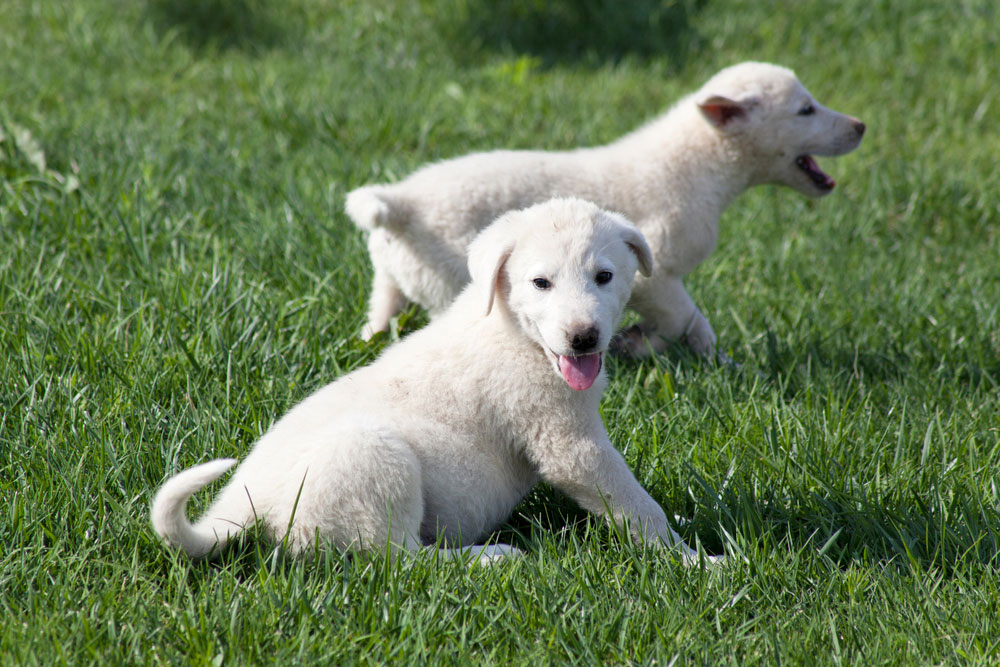
4. Breed/Body Type
Big breeds need more food than small breeds, but on a per-pound basis, small dogs may actually need more calories than large dogs. There will be a bit of variation here because you also need to consider muscle mass, hair coat, and climate. As general guidelines, more muscular bodies tend to need more calories to fuel them, and dogs in cold climates will need more calories to stay warm. However, dogs that are better equipped for cold weather with a thick coat may need fewer calories than dogs with short, thin hair.
5. Spayed/Neutered vs. Intact
The removal of a dog’s reproductive organs also removes their reproductive hormones, which can reduce their caloric needs. Conversely, a nursing female will have greatly elevated caloric needs to cover the production that her body is going through.
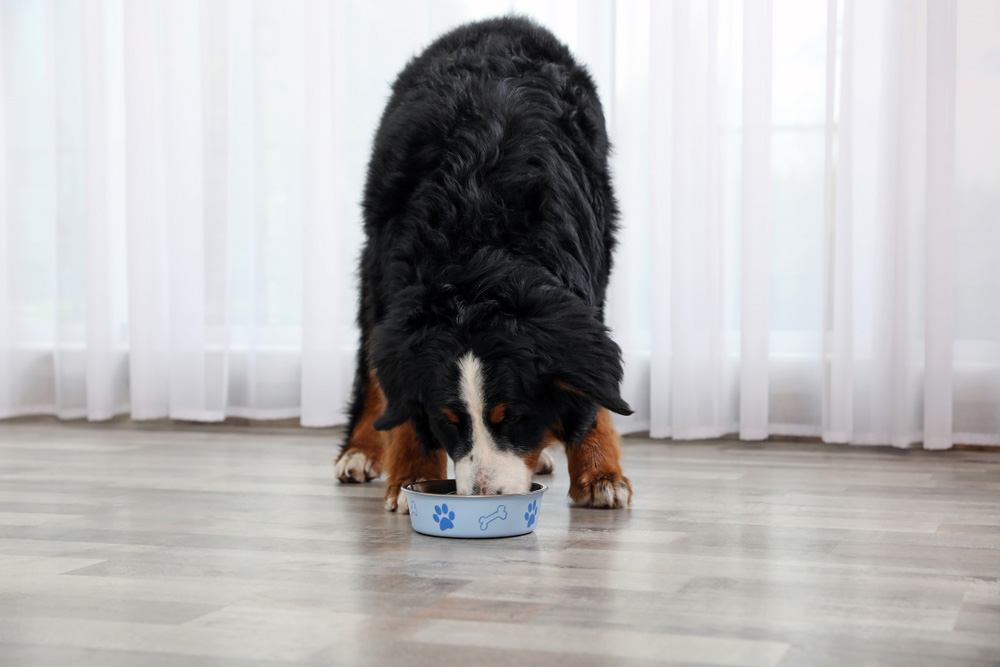
How Much Should I Feed My Dog by Weight?
With all the potential factors that affect how many calories a dog needs per day, it should come as no surprise that there’s no fixed number. Instead, you’ll first need to figure out your dog’s resting energy rate (RER) so you know how many calories are required just to fuel their bodily functions.
This is done by first converting pounds to kilograms by dividing their weight by 2.2. For example, a 60-pound dog weighs 27 kg, as calculated: 60/2.2=27.27.
Next, use the equation 30 x (body weight in kg) + 70 = RER. In our example, this is: 30 x 27 + 70 = 880 calories.
This is the number of calories that a 60-lb. dog needs to just run their body. It doesn’t account for any kind of activity, body type, etc., though, so here’s where it gets complicated. You’ll need to take the RER and multiply it by a number that takes into account your dog’s age, activity level, and spay/neuter status to get the estimated caloric requirements for maintaining their current weight. These multipliers can be found on this chart:
| Neutered/spayed adult dog | 1.6 x RER |
| Intact adult dog | 1.8 x RER |
| Dog that needs to lose weight | 1 x RER |
| Light exercise | 2 x RER |
| Moderate exercise | 3 x RER |
| Heavy exercise | 6 x RER |
| Puppy under 4 months old | 3 x RER |
| Puppy over 4 months old | 2 x RER |
So, a 60-lb. canine with an RER of 880 calories per day with a moderate activity level will need: 880 x 3 = 2,640 calories per day. If this dog is a typical neutered adult with little activity, they will only need: 880 x 1.6 = 1,408 calories per day. That’s quite a difference! You can see why considering these factors is so vital to prevent over- or underfeeding.
If these equations are causing you to go cross-eyed, we can make things a bit easier. Refer to the following chart for general guidelines based on weight for average neutered adult dogs. For a more detailed analysis, check out this handy calorie calculator.
| How many calories does a 10-lb. dog need? | 328 cal. |
| How many calories does a 30-lb. dog need? | 765 cal. |
| How many calories does a 50-lb. dog need? | 1,201 cal. |
| How many calories does a 70-lb. dog need? | 1,638 cal. |
| How many calories does a 90-lb. dog need? | 1,975 cal. |
This is just a general overview for a fairly sedate pup and may need adjusting for activity level and age.
How Much Food Should I Feed My Dog?
All this calorie counting doesn’t consider the food that you’re feeding to your dog. That’s up to you and a veterinarian. Check the food label for the number of calories per cup of food. After you’ve determined your dog’s total caloric needs for a day, divide that number by the number of calories per cup of your food to determine how many cups to feed them per day.
If you need to speak with a vet but can't get to one, head over to PangoVet. It's an online service where you can talk to a vet online and get the personalized advice you need for your pet — all at an affordable price!

For example, a 60-lb. dog that needs 1,408 calories for their quiet lifestyle and eats a food that has 382 calories per cup will need 1,408/382 = 3.6 cups per day. This amount should be divided by the number of meals. For the same dog and food but with a moderate activity level, they will need 2,640/382= 6.9 cups per day.

Final Note: Why Does All This Matter?
Feeding the correct number of calories to your dog is crucial to their health and longevity. Too many calories can quickly put your pup at risk for weight gain and obesity, while too few calories can lead to weight loss, muscle depletion, and other potentially serious issues.
Please involve your veterinarian in this discussion, as they can help you make these calculations, factor in your pup’s specific health needs, and recommend high-quality foods.
See also:
Featured Image Credit: Pixel-Shot, Shutterstock
